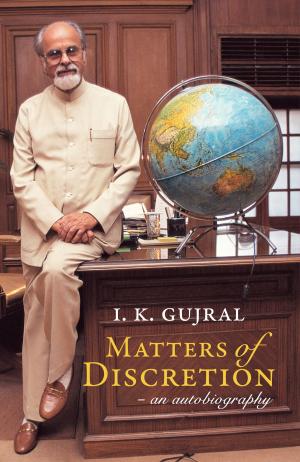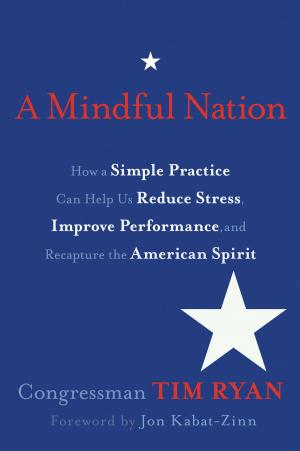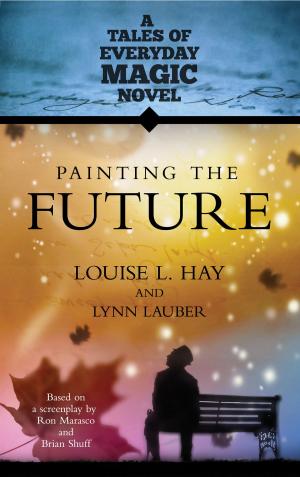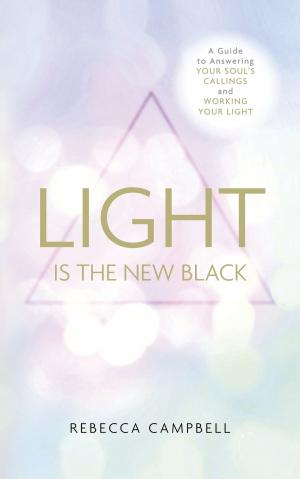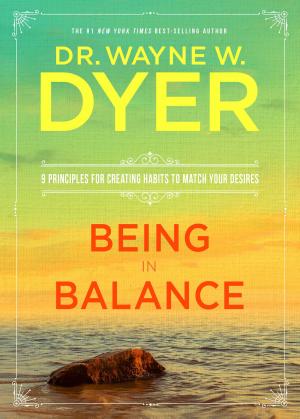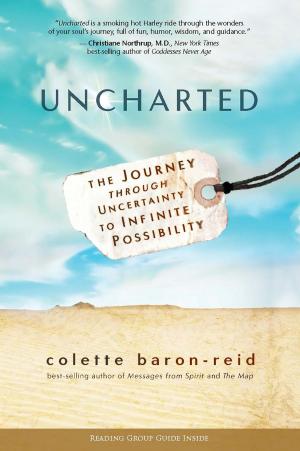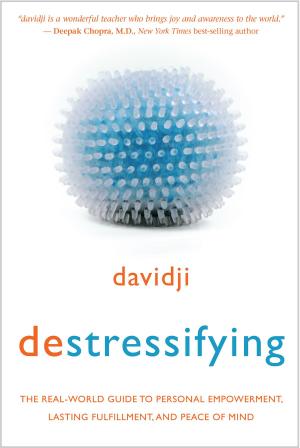| Author: | Ashok Raj | ISBN: | 9789384544140 |
| Publisher: | Hay House | Publication: | February 1, 2014 |
| Imprint: | Hay House Inc. | Language: | English |
| Author: | Ashok Raj |
| ISBN: | 9789384544140 |
| Publisher: | Hay House |
| Publication: | February 1, 2014 |
| Imprint: | Hay House Inc. |
| Language: | English |
A unique volume that highlights – tellingly and poignantly – how the impact of the Hindi film over the decades has played a significant role in trying to bring together people belonging to different faiths and different strata of society. Covering a vast time span from the silent era to the present, this work focuses on Hindi cinema’s attempts at promoting harmony and trust among various religions, communities and ethnic groups, while performing its basic function of entertaining the viewers. It identifies appropriate situations and characters in select films – such as Padosi (1941), Hum Ek Hain (1946), Mughal-e-Azam (1960), Dharamputra (1961), Amar Akbar Anthony (1977), Ghulam-e-Musthafa (1997), Lagaan (2001) and Veer-Zara (2004) – and describes how positive messages have been articulated through them. It also examines the response of the film makers to the changes that have been taking place over the years in society vis-à-vis the communal milieu in the country and their contribution towards making a cinema that heals. Ever since its inception a century ago, Indian cinema, far more than other popular cultural medium, has consistently taken up highly appealing and socially relevant interpretations of popular religious beliefs and customs. It has often attempted to ensure that the audiences identified themselves with the characters as they enacted their roles on screen. This cinema, though dominated by love stories and romantic escapism, has, occasionally, sent out a powerful message against age-old religious orthodoxy and outdated traditions by emphasizing that such factors have caused tremendous social tensions and suffering. In a very significant way, Indian cinema has tried to systematically break down religious and other barriers (say, ethnic, language, caste and class) and has endeavoured to engender an egalitarian society despite numerous obstacles. Here is a work that all readers, film buffs or not, will find stimulating, engrossing and informative.
A unique volume that highlights – tellingly and poignantly – how the impact of the Hindi film over the decades has played a significant role in trying to bring together people belonging to different faiths and different strata of society. Covering a vast time span from the silent era to the present, this work focuses on Hindi cinema’s attempts at promoting harmony and trust among various religions, communities and ethnic groups, while performing its basic function of entertaining the viewers. It identifies appropriate situations and characters in select films – such as Padosi (1941), Hum Ek Hain (1946), Mughal-e-Azam (1960), Dharamputra (1961), Amar Akbar Anthony (1977), Ghulam-e-Musthafa (1997), Lagaan (2001) and Veer-Zara (2004) – and describes how positive messages have been articulated through them. It also examines the response of the film makers to the changes that have been taking place over the years in society vis-à-vis the communal milieu in the country and their contribution towards making a cinema that heals. Ever since its inception a century ago, Indian cinema, far more than other popular cultural medium, has consistently taken up highly appealing and socially relevant interpretations of popular religious beliefs and customs. It has often attempted to ensure that the audiences identified themselves with the characters as they enacted their roles on screen. This cinema, though dominated by love stories and romantic escapism, has, occasionally, sent out a powerful message against age-old religious orthodoxy and outdated traditions by emphasizing that such factors have caused tremendous social tensions and suffering. In a very significant way, Indian cinema has tried to systematically break down religious and other barriers (say, ethnic, language, caste and class) and has endeavoured to engender an egalitarian society despite numerous obstacles. Here is a work that all readers, film buffs or not, will find stimulating, engrossing and informative.

